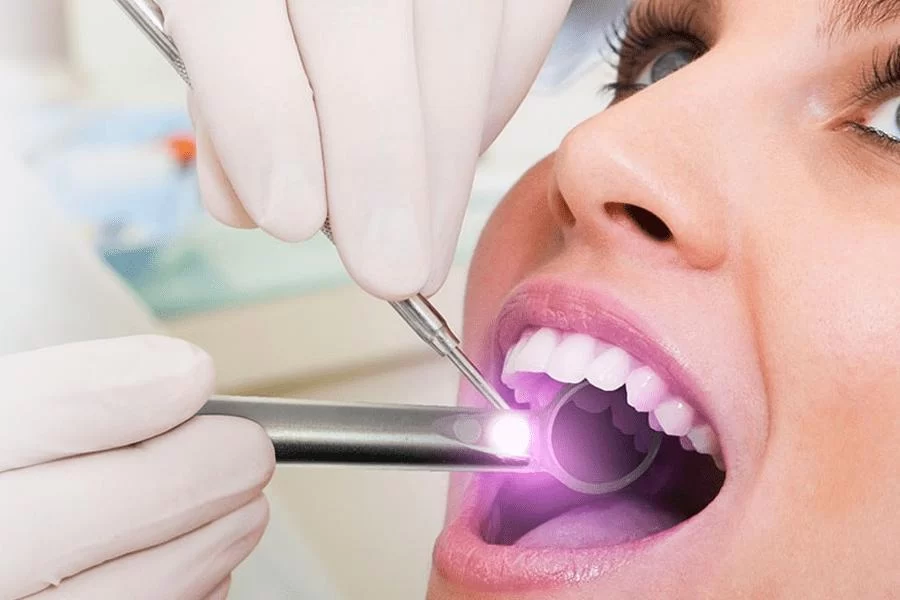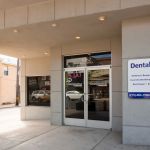
- Recognizing Early Warning Signs of Oral Cancer
- Key Symptoms to Watch for in Oral Cancer
- Effective Methods for Early Detection of Oral Cancer
- Real-Life Stories Highlight the Importance of Early Detection
- Professional Advice and Recommendations for Oral Cancer Screening
1. Recognizing Early Warning Signs of Oral Cancer
Oral cancer is a serious health concern that affects thousands worldwide, yet early detection dramatically improves treatment outcomes and survival rates. Understanding the signs of oral cancer early warning signs and detection can empower individuals to seek timely medical advice and care.
Early warning signs often manifest subtly, which is why many people overlook them. These signs typically include persistent sores, unusual lumps, or patches inside the mouth that do not heal within two weeks. Recognizing these early indicators is the first critical step toward successful intervention.
Why Early Signs Matter
The challenge with oral cancer lies in its initial invisibility and similarity to less serious conditions like canker sores or minor infections. This makes awareness of early signs essential. When caught early, oral cancer is far more treatable and can often be managed with less invasive methods.
Typical early warning signs may occur on the tongue, floor of the mouth, lips, or inside the cheeks, areas prone to irritation from tobacco, alcohol, or viral infections.
2. Key Symptoms to Watch for in Oral Cancer
Being familiar with specific symptoms can save lives. The following signs are critical for anyone to monitor:
2.1 Persistent Mouth Sores or Ulcers
Sores that do not heal after two weeks and are painless or painful should never be ignored. Unlike common ulcers, cancerous sores may bleed easily and have a raised or hardened edge.
2.2 White or Red Patches
Known medically as leukoplakia (white) and erythroplakia (red), these patches may appear anywhere inside the mouth. While not all patches are cancerous, their presence warrants professional evaluation due to potential malignancy.
2.3 Unexplained Pain or Numbness
Persistent pain or numbness in the mouth or lips that cannot be linked to injury may indicate nerve involvement by a growing tumor.
2.4 Difficulty in Swallowing or Speaking
Changes in speech or swallowing difficulties should prompt immediate investigation as tumors can interfere with oral functions.
3. Effective Methods for Early Detection of Oral Cancer
Detecting oral cancer early requires a combination of self-awareness and professional screening. Dentists and specialists use a variety of techniques to identify suspicious lesions before they progress.
3.1 Regular Oral Exams
Routine dental visits are vital for oral cancer screening. Skilled professionals at clinics recommended by Dentistry Toothtruth examine the entire oral cavity for any abnormal signs during checkups, often spotting problems unnoticed by patients themselves.
3.2 Advanced Screening Tools
Technologies such as fluorescence visualization and brush biopsies provide additional layers of detection. These tools highlight abnormal tissue changes invisible to the naked eye, enabling early biopsies and diagnosis.
3.3 Patient Education and Self-Examination
Educating patients about the signs of oral cancer early warning signs and detection empowers them to monitor their own oral health. Simple self-exams involving mirror checks for lumps, patches, or sores can lead to earlier visits to healthcare providers.
4. Real-Life Stories Highlight the Importance of Early Detection
Take the example of James, a 45-year-old smoker who noticed a small, painless white patch inside his cheek. Initially dismissing it, he eventually sought medical advice after the patch persisted for over three weeks. Early screening diagnosed the lesion as an early-stage oral carcinoma. Thanks to timely detection and treatment, James underwent successful surgery with minimal complications.
Stories like James’ highlight how awareness of signs of oral cancer early warning signs and detection can literally save lives. They also underscore the importance of professional dental care combined with patient vigilance.
5. Professional Advice and Recommendations for Oral Cancer Screening
Experts agree that the best defense against oral cancer is a proactive approach involving regular screenings and lifestyle modifications. Reducing risk factors such as tobacco and alcohol use, maintaining good oral hygiene, and seeking early consultation for suspicious symptoms are crucial steps.
Dentistry Toothtruth offers comprehensive resources, including recommended clinics and products for oral health maintenance and cancer screening support. Their expertise ensures that patients can access the most suitable services tailored to their needs.
Ultimately, understanding and acting on the signs of oral cancer early warning signs and detection is a shared responsibility between patients and healthcare providers, fostering better outcomes and healthier futures.







 Rella Jan M DDS- Riverfront Dental Care4.0 (4 review)
Rella Jan M DDS- Riverfront Dental Care4.0 (4 review) Jonathan Ochi, DDS5.0 (110 review)
Jonathan Ochi, DDS5.0 (110 review) Dental Solutions of Roxborough4.0 (219 review)
Dental Solutions of Roxborough4.0 (219 review) Oelbaum & Kagan Dentistry4.0 (578 review)
Oelbaum & Kagan Dentistry4.0 (578 review) Polaris Dental Care4.0 (170 review)
Polaris Dental Care4.0 (170 review) Grzybicki Family Dentistry0.0 (0 review)
Grzybicki Family Dentistry0.0 (0 review) The Importance of Oral Health Education During Pregnancy for a Healthy Pregnancy
The Importance of Oral Health Education During Pregnancy for a Healthy Pregnancy Best Tips for Brushing Your Teeth Properly for Healthy Gums: Essential Techniques for Oral Health
Best Tips for Brushing Your Teeth Properly for Healthy Gums: Essential Techniques for Oral Health Why Skipping Dental Checkups Can Lead to Bigger Oral Health Problems
Why Skipping Dental Checkups Can Lead to Bigger Oral Health Problems Advantages of Porcelain Dental Restorations
Advantages of Porcelain Dental Restorations How Can Diabetes Cause Tooth and Gum Problems? Preventing and Managing Oral Health Issues
How Can Diabetes Cause Tooth and Gum Problems? Preventing and Managing Oral Health Issues Healthy Habits for Promoting Good Oral Health and Hygiene: Tips for a Healthy Smile
Healthy Habits for Promoting Good Oral Health and Hygiene: Tips for a Healthy Smile